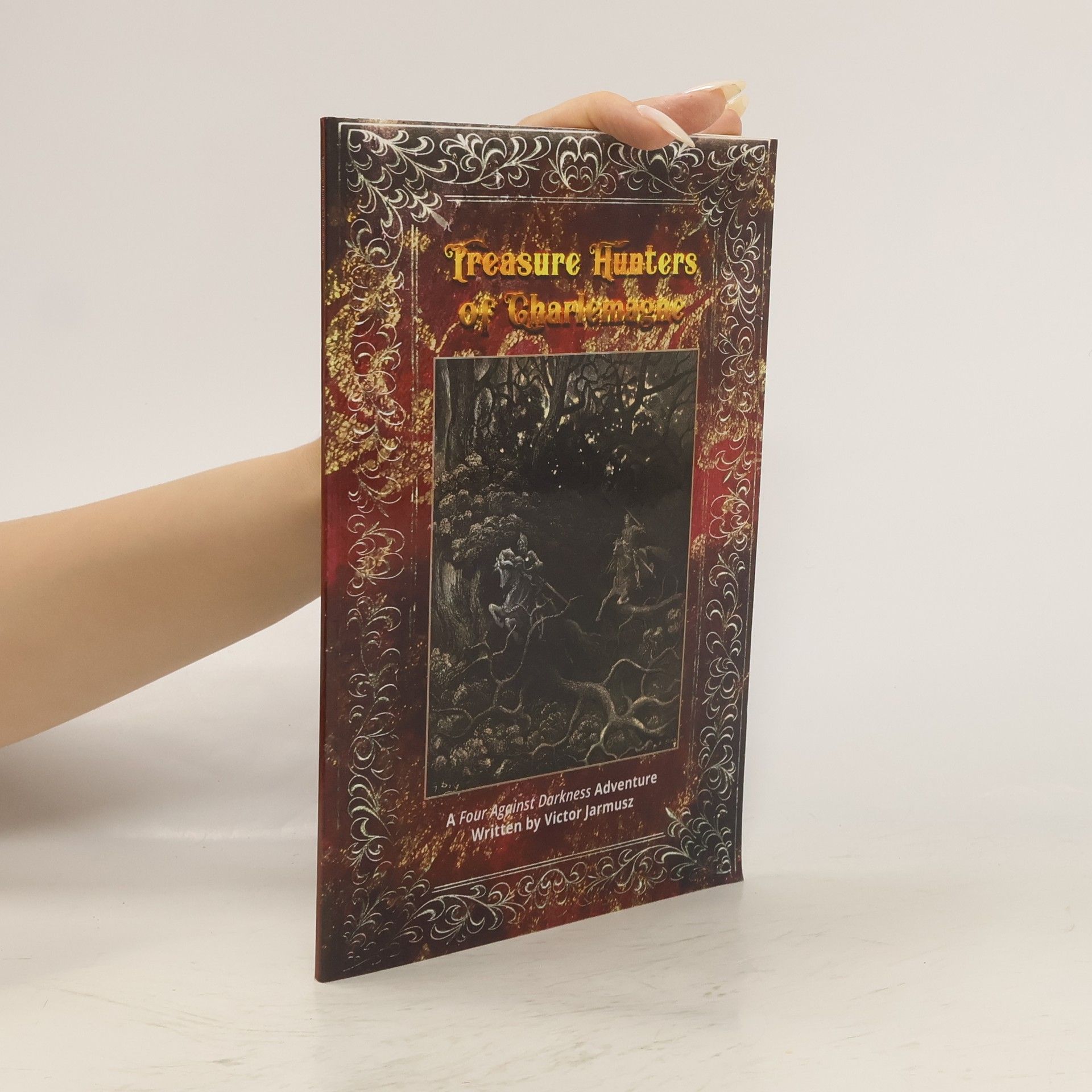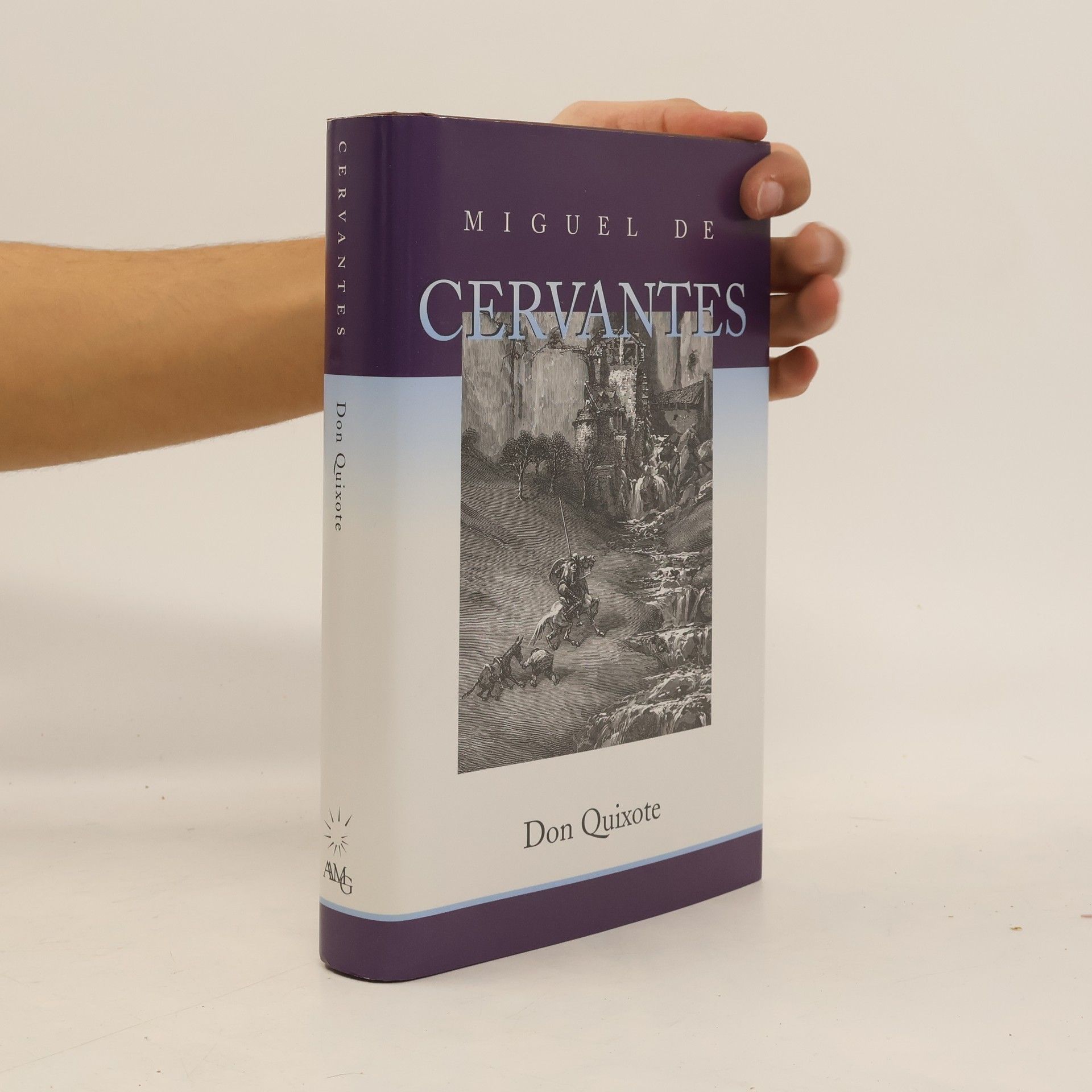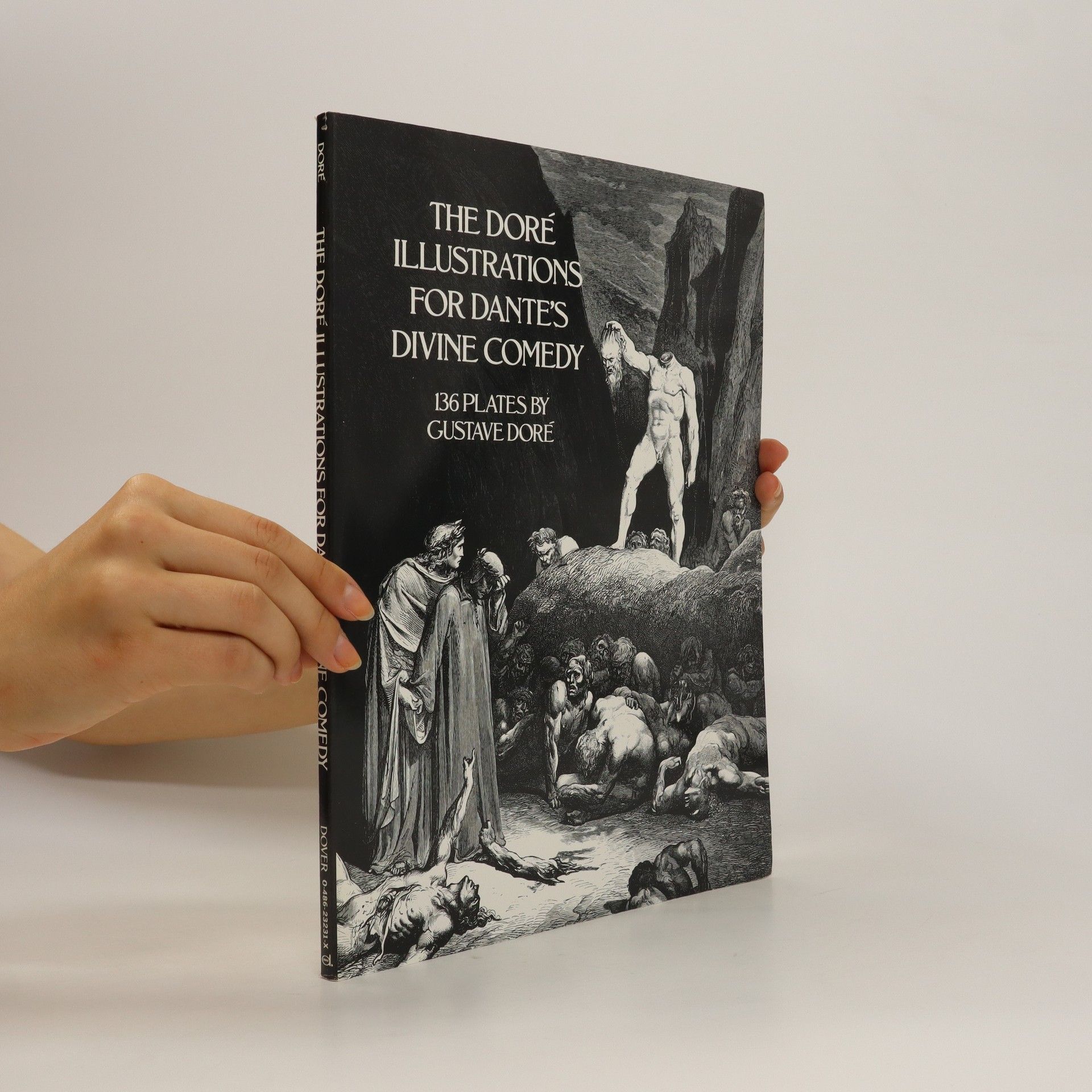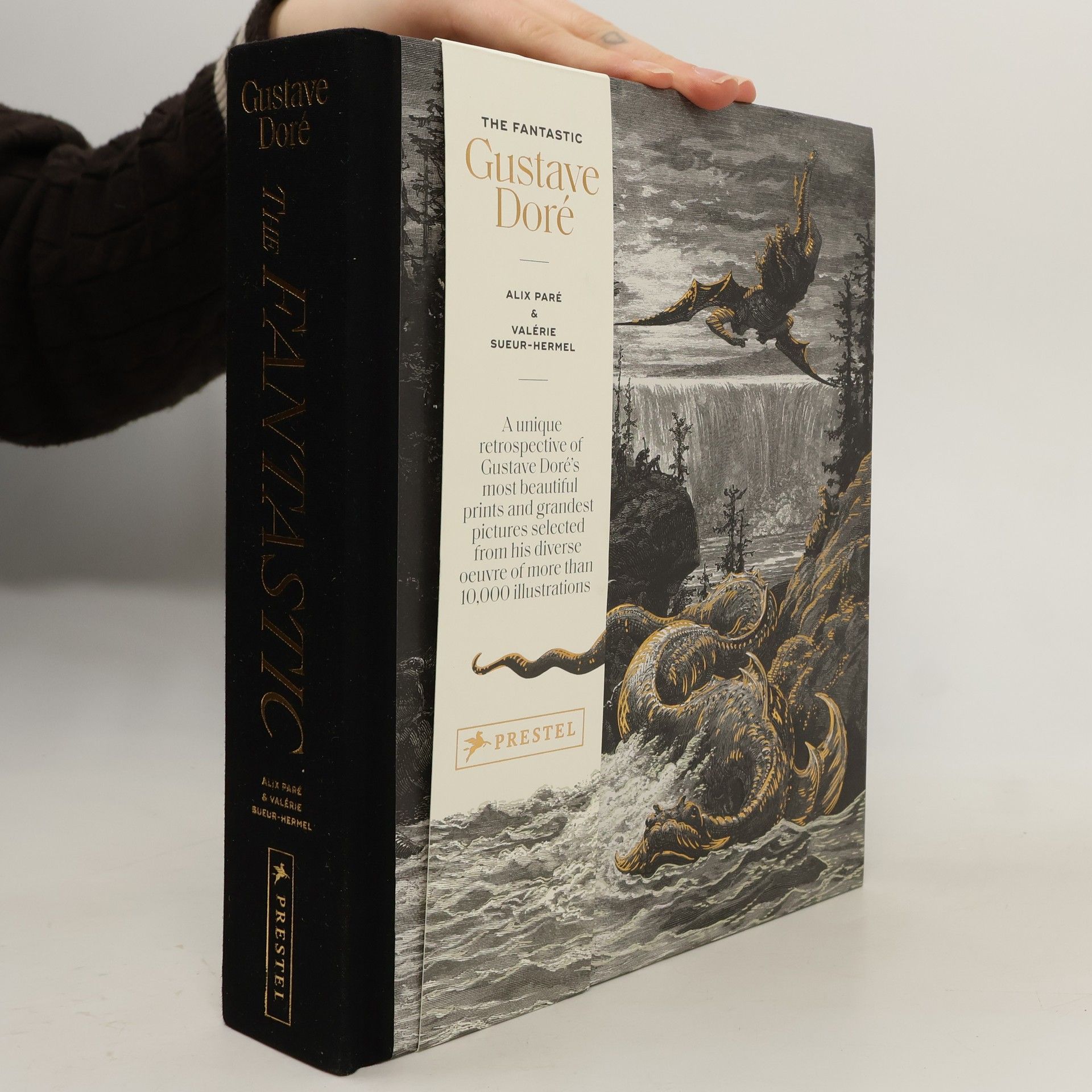This authoritative retrospective of Doré’s prints and paintings showcases over 10,000 works in a spectacularly ornate package that reflects the artist’s dramatic style. If you were a literature consumer in the nineteenth century, your library likely featured his illustrations. From the Bible to Shakespeare, Balzac to Poe, Doré’s intricate and exuberant drawings brought great works to life, making them as cherished as the stories they illustrated. This magnificent volume also reveals his talents as a sculptor, painter, and cartoonist. It spans Doré’s entire career, with chapters dedicated to specific works such as The Divine Comedy, Don Quixote, Tennyson’s Idylls of the King, and medieval fairy tales, each accompanied by exquisite full-page reproductions that highlight his genius in line, shading, and texture. The authors provide insights into the techniques Doré used to create his masterpieces. Fans will appreciate the book's stunning production, featuring quarter binding, gold foil stamping, embossing, a belly band, and silkscreen printing on three edges. Filled with incisive analysis and expert historical perspectives, this volume is a consummate collector’s item—expansive and sensational, just like the artist himself.
Gustave Doré Books
Gustave Doré was the most popular and successful French book illustrator of the mid-19th century. He became widely known for his illustrations of seminal works, helping to establish the large-format illustrated book across Europe. His art is characterized by a spirited, if somewhat naive, appreciation for the grotesque, commercializing the Romantic fascination with the bizarre. Later, his more sober studies of London's poorer quarters captured the attention of van Gogh, signaling a shift towards more grounded observation.






'London: A Pilgrimage' was conceived in 1868 by the journalist and playwright Blanchard Jerrold. Accompanied by the famous artist Gustave Dore, Jerrold prowled every corner of the heaving metropolis, sometimes with plain-clothes police for protection. 'London: A Pilgrimage' is a forgotten classic of social journalism, a frank and brutal look at the poverty striken, gin-swilling London of the nineteenth century, written in a perceptive, bold and gripping style.180 incredible etchings by Dore escort Jerrold on his odyssey through the pulsating city, into the Lambeth gas works, seedy opium dens and grubby bathing houses; peering curiously into the desperate lives of the flower sellers, lavender girls and organ grinders. 'London: A Pilgrimage' is an enlightening work that brings to life the chaotic and gloomy past of a great city on the cusp of modern times.Peter Ackroyd's excellent introduction sheds further light on the period and the context in which Jerrold and Dore felt compelled to reveal to the world the squalor into which London was slowly sinking.
Reproductions of Dore's scenes from the Inferno, Purgatorio and Paradiso are accompanied by lines from Longfellow's translation
Don Quixote
- 504 pages
- 18 hours of reading
While Don Quixote thinks of himself as a brave knight, his trusty sidekick, Sancho Panza, finds out the truth as they battle real and imaginary enemies. Copyright © Libri GmbH. All rights reserved.
Inferno: The Divine Comedy
- 396 pages
- 14 hours of reading
New verse translation by prize-winning translator with facing Italian text, part of Alma Classics Evergreen series. Includes an extensive section on Dante's life and works.
Dante's Divine Comedy: Hell, Purgatory, Paradise
- 383 pages
- 14 hours of reading
Long narrative poem originally titled Commedia (about 1555 printed as La divina commedia) written about 1310-14 by Dante. The work is divided into three major sections--Inferno, Purgatorio, and Paradiso--which trace the journey of a man from darkness and error to the revelation of the divine light, culminating in the beatific vision of God. It is usually held to be one of the world's greatest works of literature. The plot of The Divine Comedy is simple: a man is miraculously enabled to visit the souls in Hell, Purgatory, and Paradise. He has two guides: Virgil, who leads him through the Inferno and Purgatorio, and Beatrice, who introduces him to Paradiso. Through these fictional encounters taking place from Good Friday evening in 1300 through Easter Sunday and slightly beyond, Dante the character learns of the exile that is awaiting him (an actual exile that had already occurred at the time of writing). This device allowed Dante not only to create a story out of his exile but also to explain how he came to cope with personal calamity and to offer suggestions for the resolution of Italy's troubles as well.
This book is a reproduction of a historical work, specifically designed in large print to enhance readability for individuals with impaired vision. The publishing house Megali focuses on making classic texts accessible, ensuring that important literary and historical works can be enjoyed by a wider audience.
Divine Comedy (Complete Edition): Illustrated & Annotated
- 528 pages
- 19 hours of reading
The narrative poem explores Dante's journey through Hell, Purgatory, and Paradise, reflecting the medieval worldview and the soul's quest for God. Influenced by Christian theology and philosophy, particularly the works of Thomas Aquinas, it features Virgil as a symbol of human reason and Beatrice as divine knowledge. This edition includes Henry Francis Cary's esteemed translation and is enhanced by Gustave Doré's stunning illustrations, making it a significant contribution to both Italian and world literature.
Parmi la kyrielle des artistes qui ont illustré les Fables de La Fontaine, de Jean-Baptiste Oudry et Fragonard jusqu'à Marc Chagall, en passant par Grandville et Gustave Doré, la version de Benjamin Rabier acquiert dès sa publication en 1906 une pérennité sans faille. Car cet artiste animalier sait en l'occurrence utiliser en le réinterprétant un style grandement et génialement inspiré des estampes japonaises. Il adopte un cadrage extrêmement diversifié, variant les motifs, les coloris, les plans et le format des vignettes, tout en permettant une lisibilité et une parfaite symbiose entre textes et images. L'anthropomorphisme qu'il applique tant au monde animal que végétal insuffle un supplément d'humour à l'oeuvre du poète. Sa liberté de dessin, sa fantaisie alliée à une maîtrise formelle préfigurent la bande dessinée dans l'esprit de la " ligne claire " chère à Hergé, mais également les tout premiers dessins animés qu'il réalisera peu après avec Émile Cohl. Le florilège présenté dans cette édition illustre parfaitement le mot du grand fabuliste : Si la vérité vous offense, La fable au moins se peut souffrir.


